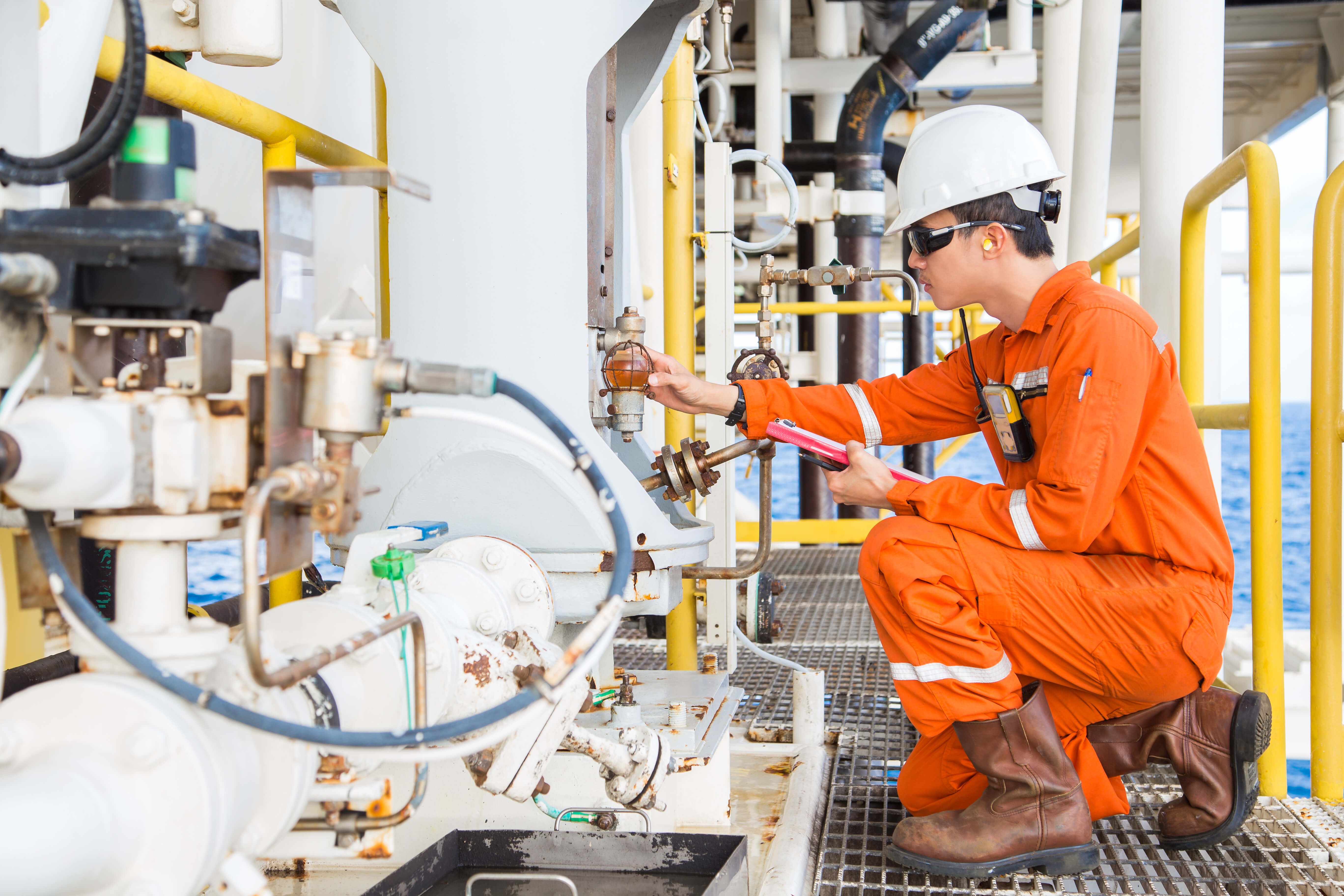On the Importance of Valve Lubrication
 Whether for use in valves or otherwise, whether organic or synthetic, lubricants always serve the same purpose: reduce surface-to-surface friction. In valves, however, proper lubricant use and maintenance is especially important given the extremely tight tolerances to which they are manufactured and the often demanding conditions under which they are operated.
Whether for use in valves or otherwise, whether organic or synthetic, lubricants always serve the same purpose: reduce surface-to-surface friction. In valves, however, proper lubricant use and maintenance is especially important given the extremely tight tolerances to which they are manufactured and the often demanding conditions under which they are operated.
A valve’s most basic function is to control the flow of liquids, gases or slurries. But a properly functioning valve must not only control flow, it must prevent leakage and protect itself from degradation over time. This is where lubricants play a vital role. Even the simplest of check valves—those which contain a hinged flap free to move in one direction and not the other, thus preventing backflows—require the right lubrication for their application and a preventive maintenance schedule to ensure optimal performance.
CPV’s valves are typically more complex, always manufactured to the highest possible tolerances and are employed across many different applications. For these reasons and others, we never neglect the importance of proper lubrication. We encourage every client to specify which lubricant they need for their application. And if they can’t, or aren’t quite sure, our engineers are glad to provide those specifications to them. We prefer to ship every valve with properly lubricated seals and stem threads to promote an easier integration within the prescribed application.
How specific do lubricants get? Put simply, very. For example, while many lubricants are petroleum-based—there are many base groups designated by the American Petroleum Institute and even more viscosities—we wouldn’t recommend them for an application that involves the transport of oxygen, lest you risk the possibility of ignition. The inert qualities of polytetrafluoroethylene (PTFE)-based lubricants, on the other hand (PTFE is what your nonstick cookware is coated with), would be appropriate for such an application. A solid lubricant like PTFE is often suspended in an equally inert grease compound to serve this purpose, or, in other applications, applied as powder directly to a valve’s moving parts.
The various types of lubricants and their applications is beyond the scope of this particular article. It is important, though, that we discuss the crucial role valve lubricants play in the context of preventive maintenance.
Preventive maintenance is just what it sounds like. It is a series of measures taken to ensure failures, catastrophic or otherwise, can be prevented with reasonable degrees of certainty. When a well-made valve fails, it is almost always because proper preventive maintenance procedures have either not been established or correctly followed. There is no single preventive maintenance schedule to suit all applications. If a customer is unsure, a valve manufacturer should be more than willing to help. A long-lasting, well-functioning valve is, after all, in that manufacturer’s best interest. CPV customers know that our engineers and technicians are always prepared to recommend best-practice maintenance procedures.
In many cases, servicing a valve may be as simple as opening its casing and coating its stem with the appropriate lubricant. Other valves are designed with lubrication ports, facilitating the direct injection of a lubricant without having to open the valve for maintenance. As always, be sure you are using the right lubricant for the job.
To be perfectly clear: don’t wait for a valve to show signs of wear before re-lubricating. Being proactive with a preventive maintenance schedule means you can avoid being reactive to a catastrophic failure. So lubricate well. Lubricate often. You’ll save yourself time, money and headaches throughout the lifecycle of your valve.
